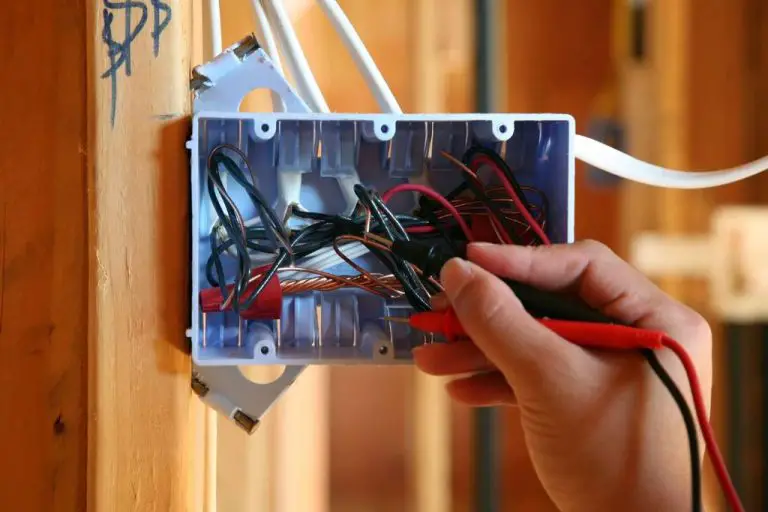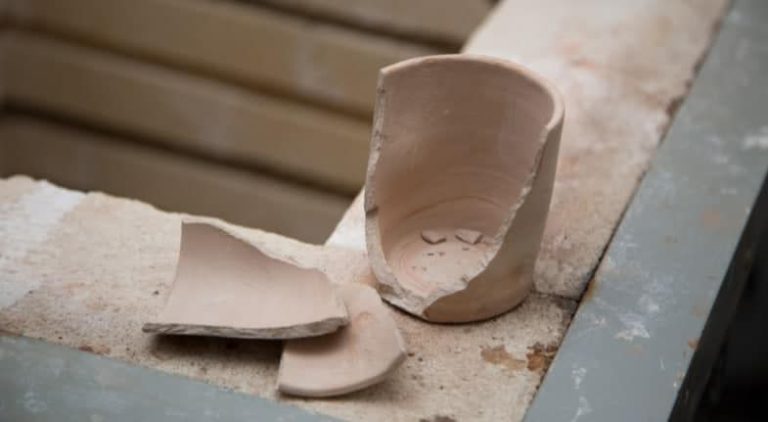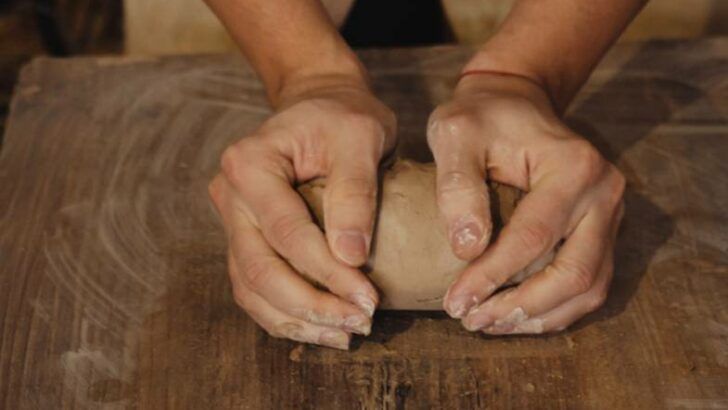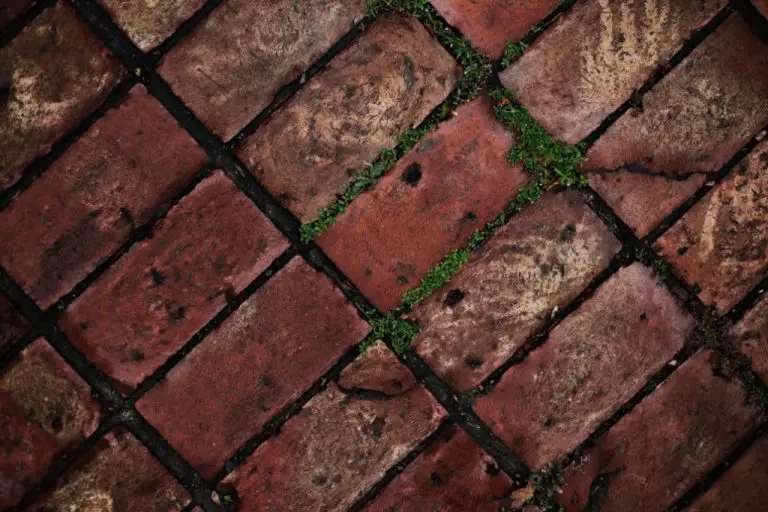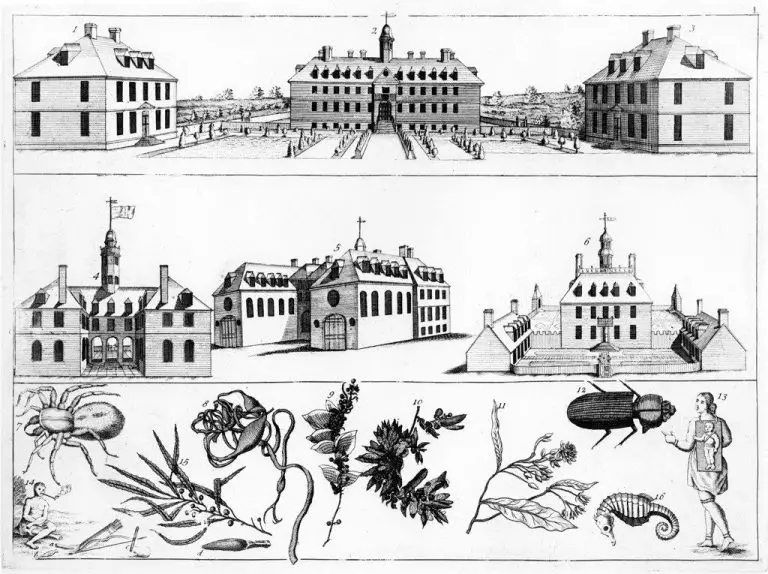What Kind Of Clay Do You Use For A Mini Pottery Wheel?
A mini pottery wheel is a small, tabletop version of the potter’s wheels used in ceramic studios. Mini pottery wheels range from 3-12 inches in diameter and allow hobbyists and artists to throw smaller pieces of pottery at home. They provide many of the same benefits as full-size wheels but at a fraction of the cost and space requirements. Some key benefits of using a mini pottery wheel include:
Centering clay – A rotating wheel head makes it easier to center clay and achieve uniform walls and thickness when throwing vessels.
Controlling speed – Variable speed controls give precision when shaping clay. Slow speeds are good for centering, while fast speeds help shape and thin vessel walls.
Portability – Their compact size makes mini wheels easy to store and set up for use anywhere. Great for small spaces.
Affordability – Mini wheels cost much less than industrial-grade wheels, ranging from $50-$300. Ideal for beginners before investing in larger equipment.
Less clay needed – Smaller wheel heads require less clay. Economical for hobbyists.
Overall, mini pottery wheels offer an inexpensive way to learn and enjoy pottery in the convenience of your own home.
Clay Considerations
When choosing clay for a mini pottery wheel, it’s important to consider properties like plasticity, grog size, and drying time. Plasticity refers to how easily the clay can be shaped and molded without cracking or tearing. Highly plastic clays are ideal for throwing on a wheel. For a mini wheel, aim for a plastic but not extremely sticky clay that can hold its shape as it is thrown.
Grog refers to particles added to clay to reduce shrinkage and control plasticity. A mini wheel works best with a finer grog size around 20 mesh, which is about the size of granulated sugar. This provides some texture without being too coarse or gritty for small projects.
Drying time is also a key factor, as clay that dries too quickly can crack on a mini wheel. Moderate drying clays are preferable. Air dry clays that cure within 24 hours are often suitable, as are some polymer clays designed not to overly stick or dry too quickly while working at a small scale.
Overall, look for plastic but not extremely sticky clays with finer grog size and moderate drying times when selecting clay for mini potter’s wheels. Test small amounts when uncertain if a clay has suitable properties.
Air-Dry Clay
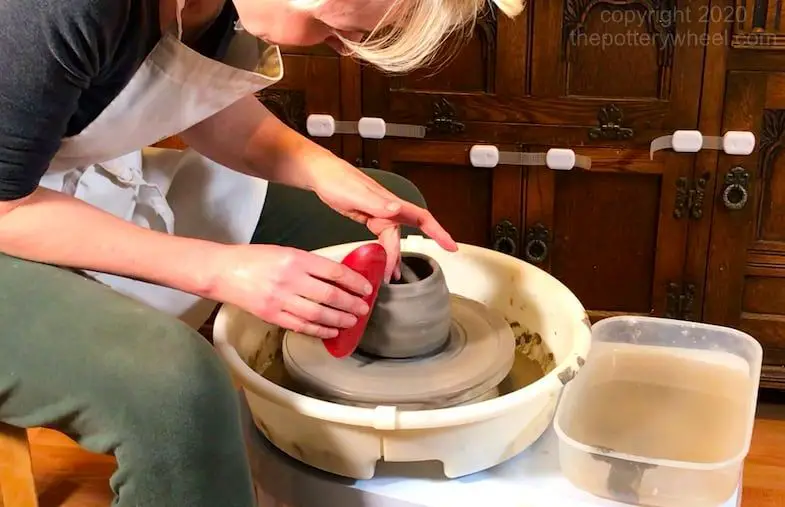
Air-dry clay is a common choice for mini pottery wheels because it doesn’t require special tools or a kiln to harden. It contains clay and a filler material that allows it to harden through evaporation when exposed to air. Key properties of air-dry clay are that it’s easy to use, affordable, and low maintenance. Brands like Das, Activa Plus, and Amaco Stonex are often recommended.
Air-dry clay is best for simple, decorative pieces that don’t need to be food-safe or waterproof. The clay can be shaped easily on a mini pottery wheel while still soft, but has enough strength when dry to maintain its form. The finished pieces will be lightweight and porous. Air-dry clay is a good choice for beginners practicing on a mini wheel because there is no complex drying or firing process required.
Polymer Clay
Polymer clay is an oil-based modeling clay that air dries into a strong, durable material. Some key pros of using polymer clay on a mini pottery wheel include:
- It doesn’t dry out while you’re working with it like air-dry clay.
- It doesn’t require firing in a kiln, making it more beginner-friendly.
- It comes in a wide variety of colors that don’t change when baked.
However, there are some drawbacks to using polymer clay:
- It can be more expensive than traditional clay.
- Details and textures are harder to achieve compared to working with water-based clays.
- It requires baking in a standard oven, so pieces may be limited in size.
Overall, polymer clay is a good option for mini pottery wheels and simple projects, but works best combined with other types of clay for more advanced techniques. According to the Reddit Pottery community, it is technically possible to throw polymer clay on a rotating wheel, though not commonly done (source).
Oil-Based Clay
Oil-based clays like Plastilina are made from a mix of waxes, oils, and sometimes sulfur. They have a very soft, malleable texture that is great for sculpting detailed shapes. Oil-based clays are quite messy to work with since they never fully harden and will remain sticky. The clay needs to be stored in an airtight container to prevent it from drying out. Oil-based clays are a good choice for mini pottery wheels because they don’t harden so you can continually reuse the clay. Their soft texture also makes them easy to mold and shape into intricate designs.
Earthenware Clay
Earthenware clay is the most commonly used clay for beginning potters on a mini wheel. This type of clay can be fired at lower temperatures, usually between 1750-2100°F according to The Ceramic Shop. The lower firing range makes earthenware clays easy to work with using a basic kiln or oven at home.
Some common types of earthenware clay include terra cotta, red earthenware, and buff earthenware. Terra cotta is known for its orange-red coloring and porous properties. Red earthenware provides a deeper red tone. Buff earthenware has a light cream color. All three varieties are inexpensive, easy to use, and suitable for handbuilding and wheel throwing at home.
Stoneware Clay
Stoneware clay is a type of pottery clay that is fired at a high temperature between 2,200 and 2,400 degrees Fahrenheit. Stoneware has excellent physical durability and is non-porous when fired, making it a good choice for functional pottery like mugs, bowls, and plates that will be in frequent use. Some key properties of stoneware clay include:
- Fires to a light gray, tan, or brown color at maturity
- Withstands freezing temperatures
- Low water absorption (less than 3-10%)
- Excellent strength and durability
- Can be glazed to make an impermeable surface
The high fire temperature means that any piece made with stoneware clay must be fired in a kiln that can reach at least 2200°F. Stoneware’s durability and vitreous nature make it a popular choice for functional pottery, but the high firing temperature requires proper equipment.
Some good stoneware clays for beginners on a mini pottery wheel include (Clay-King):
- Laguna B-Mix 5
- Highwater Clay’s SH-6 Stoneware
- Standard Clay’s 211 Stoneware
With its high fire temperature, durability, and impermeable qualities when fired, stoneware clay is an excellent choice for creating lasting functional pieces on a mini pottery wheel.
Porcelain Clay
Porcelain clay is one of the purest clay bodies used in pottery. According to the Pottery Wheel, it’s very hard and vitreous with very little impurities (https://www.thepotterywheel.com/types-of-clay/). It fires to high temperatures around 2,300 to 2,460°F conferring both strength and translucency. The translucency happens because porcelain lacks the iron and impurities of other clays that cause opacity and colors. This purity gives it a bright white color when fired.
Porcelain’s hardness makes it excellent for detailed sculpting and throwing thin-walled pieces. However, it can be challenging for beginners because it is not very plastic or workable when wet. It also requires more precise drying and firing conditions than other clays. Overall, porcelain is a great choice for mini pottery wheels because it allows intricate detailing and thin walls while firing to a bright, translucent white.
Clay Recap
Let’s recap the key properties of the main types of clay:
Earthenware clay – This clay contains iron and other minerals, which gives it a coarse texture. It’s very porous and absorbent, making it easy to work with. However, earthenware requires a protective glaze and has a lower firing temperature.
Stoneware clay – Stoneware contains feldspar, giving it more strength and durability than earthenware. It fires to higher temperatures, making it less porous. Stoneware doesn’t require a glaze, but can withstand one. It has a smooth, dense texture.
Porcelain clay – Porcelain is made with kaolin clay, resulting in a very fine texture. It’s extremely non-porous and durable, firing to very high temperatures. Porcelain is white in color and very smooth to the touch. However, it can be more challenging to work with.
Polymer clay – Polymer clay is an oil-based modeling clay that cures at low temperatures. It comes in many colors and is lightweight and flexible. Polymer doesn’t require firing or glazing. However, it’s not as strong or durable as traditional clays.
There are many factors to consider when choosing clay, including texture, firing requirements, porosity, workability, durability, and more. Understanding the key properties helps determine the best clay for your needs.
Best Clay Recommendations for Mini Pottery Wheels
Based on research into the properties and performance of different clays, here are the top recommendations for the best clays to use with mini pottery wheels:
For beginners, air-dry clay is the best option. According to toy photography experts, air-dry clay is easy to use for throwing and shaping on a mini wheel. It air dries at room temperature into a durable ceramic material. Leading brands like Crayola’s Model Magic dry slowly so pieces can be worked longer before hardening.
Polymer clay is another top choice for mini pottery wheels. Polymer clays like Sculpey and FIMO can be shaped and sculpted before baking in a regular oven to harden them. Polymer clays come in many colors and create smooth, detailed surfaces. Their flexibility makes polymer clays ideal for decorative miniature pots, bowls and vases.
For more advanced mini potters, Glacia porcelain is an excellent clay for throwing on a mini wheel. This porcelain has excellent plasticity and viscosity for throwing thin-walled pieces. Glacia can be fired at low temperatures to create delicate, high-quality miniature ceramics.

